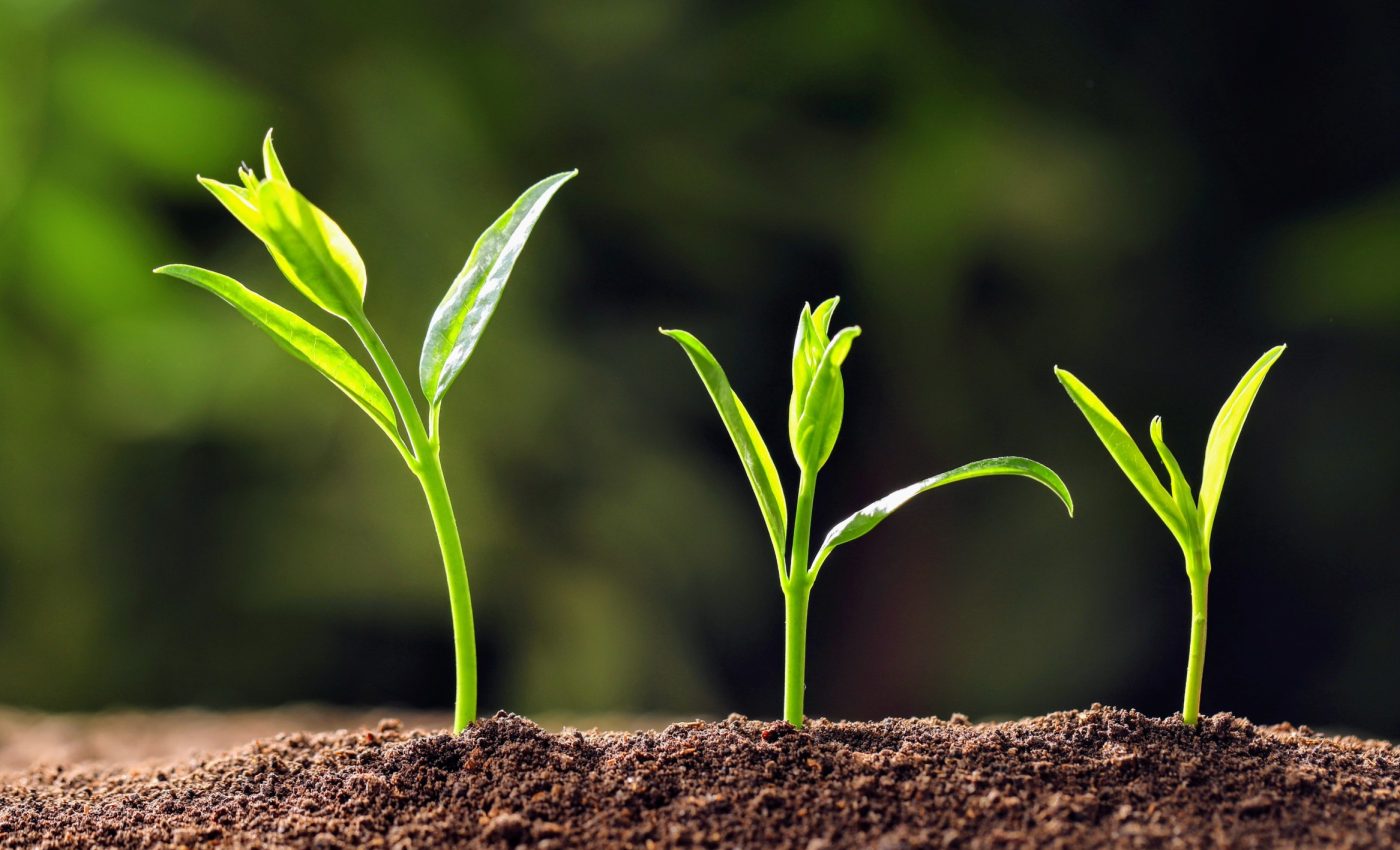
Secret lives of plants: Exploring complex interactions
Plants, just like humans, interact in complex and dynamic ways, forming relationships that can shape entire ecosystems.
Sometimes, plants work in harmony, supporting each other for mutual benefit. Other times, one species helps another while remaining unaffected.
In some cases, a plant may even utilize resources that another plant has produced for its own benefit.
Complex interactions of plants
Plant interactions are classified into three distinct types: symbiotic facilitation, where both plants benefit each other; commensalistic facilitation, where the nurtured plant neither impacts the benefactor positively nor negatively; and antagonistic facilitation, where the bestowed partner benefits at the expense of its benefactor.
The existence of antagonistic facilitation has been disputed for a long time. However, a new study provides compelling evidence that this type of interaction between plant species is indeed possible.
Pioneer plants: The unsung heroes
The research was conducted by Dr. Ricardo Martínez-García, CASUS Young Investigator, along with lead authors Ciro Cabal from the King Juan Carlos University and Gabriel A. Maciel from the South American Institute for Fundamental Research.
The study shines a light on a particular phenomenon that has intrigued ecologists for years – the pioneering role of certain plant species in cultivating wastelands.
The pioneer plants, in their quest for survival, start colonizing uninhabited ground. They produce resources like nitrogen and phosphorus that are scarce in the soil. This not only aids their growth but also paves the way for other species to thrive in these desolate lands.
Opportunistic plants help themselves to the smorgasbord of resources provided by the pioneers. Yet, the pioneer plants remain unbothered because they still benefit from their hard work.
Evidence of antagonistic facilitation
The findings strongly suggest the presence of antagonistic facilitation in these pioneer areas.
The findings extend beyond just proving the existence of antagonistic facilitation. According to Cabal, the team’s model also shows that plant interactions are an emergent property of resource availability.
Shifting dynamics over time
The model indicates that antagonistic facilitation is the dominant strategy in environments with low and intermediate resource availability.
However, as the soil changes over time and more plant species begin to flourish, the interaction between the species also changes.
The pioneer species continue to increase the availability of resources, but due to the overall abundance of resources now, the other plants are no longer impacted.
At this stage, the pioneers’ mining ability starts to become a burden, putting them at a disadvantage. Ultimately, other plant species outcompete the pioneers to claim the territory.
Fascinating world of plant interactions
Ecological research often leans on modeling as a tool for testing hypotheses and exploring ideas that are challenging to investigate in field or laboratory experiments.
In this case, a mathematical model was developed to predict the density and spatial distribution of the roots of interacting plants. The results proved to have a significant overlap with greenhouse experiments.
The model was further refined to depict the interaction of pioneer plants with their environment, taking into account the dynamics of an in-demand soil resource, the size and shape of root systems, and the costs of growing and maintaining roots.
Ultimately, the study illustrates the fascinating world of plant interactions, and the role of such relationships in shaping our natural environments.
How plants communicate
In addition to their fascinating interactions, plants communicate in surprising ways. Through their root systems, plants exchange chemical signals to coordinate growth, warn others of potential threats, and even compete for resources.
Recent studies have shown that volatile organic compounds (VOCs) are released when under stress, signaling nearby species to activate their own defense mechanisms.
This underground network of chemical exchanges plays a critical role in shaping communities and influencing which species thrive in various ecosystems.
Understanding this communication network adds another layer to how plants interact, not just through resource sharing or competition but through a hidden language that helps them navigate their environment.
This phenomenon further supports the idea that plant interactions are far more complex than previously understood, encompassing both cooperation and competition.
The study is published in the journal New Phytologist.
—–
Like what you read? Subscribe to our newsletter for engaging articles, exclusive content, and the latest updates.
Check us out on EarthSnap, a free app brought to you by Eric Ralls and Earth.com.
—–













